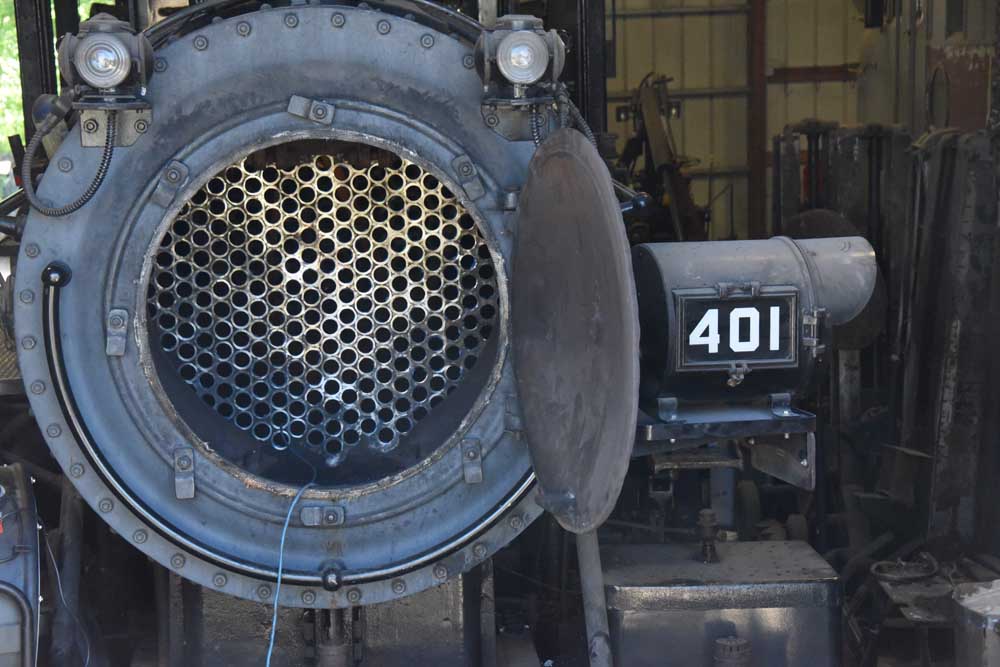
Locomotive flue sheets are an important component in a steam locomotive’s design. The steam-generating part of every conventional steam locomotive consisted of three elements — the firebox where the fuel was burned to provide the heat, the boiler itself where water was converted into steam, and the smokebox where the exhaust from the engine was […]
Read More…
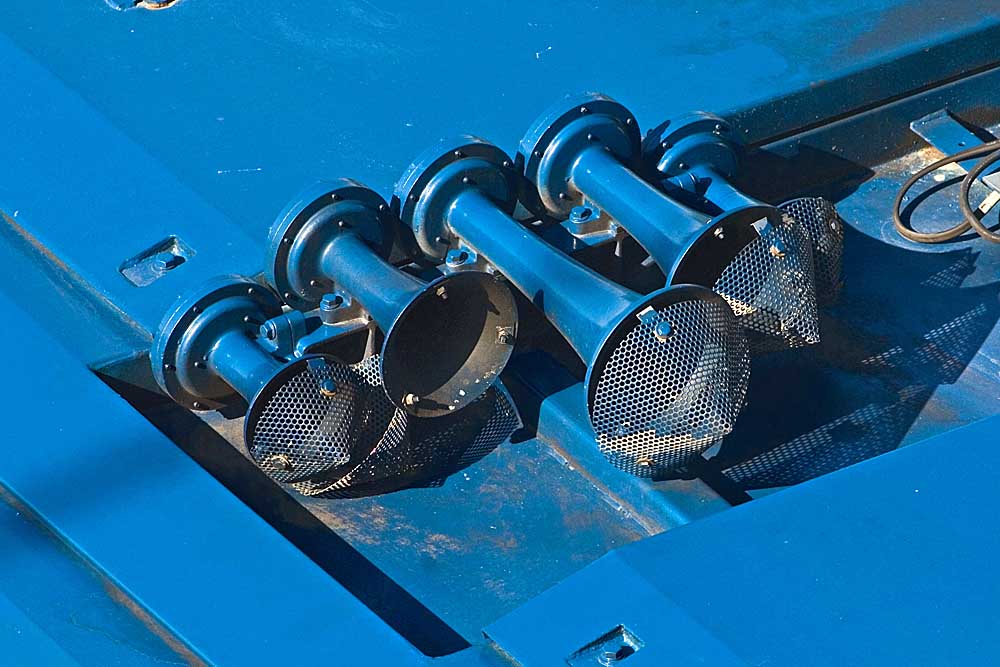
Locomotive horn introduction Locomotive horns are safety appliances installed on locomotives and used to warn both the public and railroad employees. Outside of special areas, such as quiet zones, trains are required to sound their horn before occupying one of the approximately quarter-million public and private railroad crossings in the U.S. Horns used on new […]
Read More…
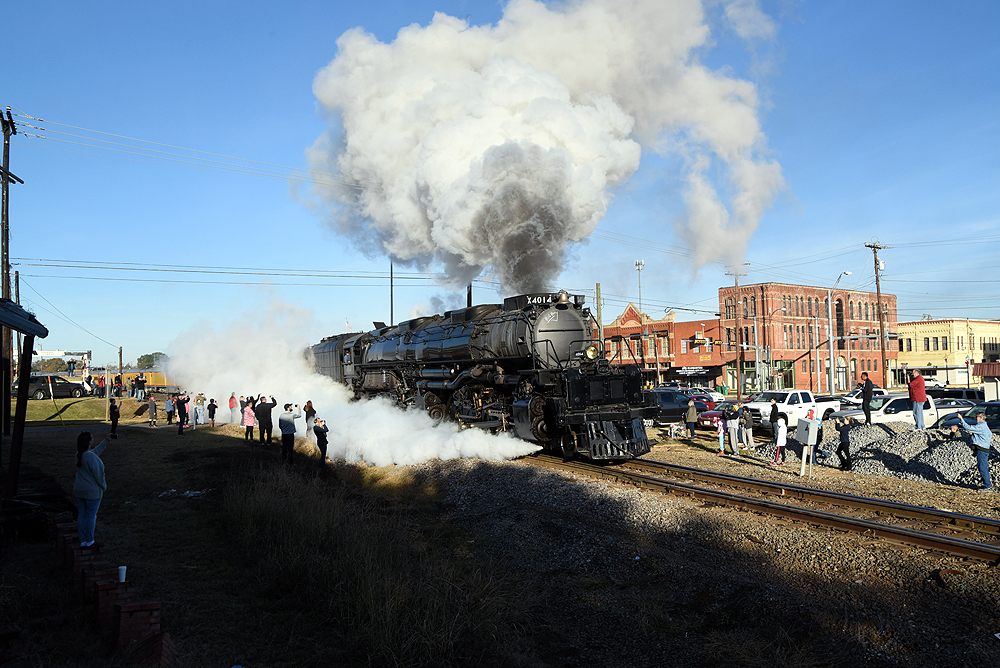
Before you head out to watch the world’s largest steam locomotive in August 2021, here are Big Boy etiquette tips you should know. Big Boy on the move Union Pacific Big Boy 4014 will set out eastward from its homebase in Cheyenne, Wyo., bound for New Orleans. This is the first time for the locomotive […]
Read More…
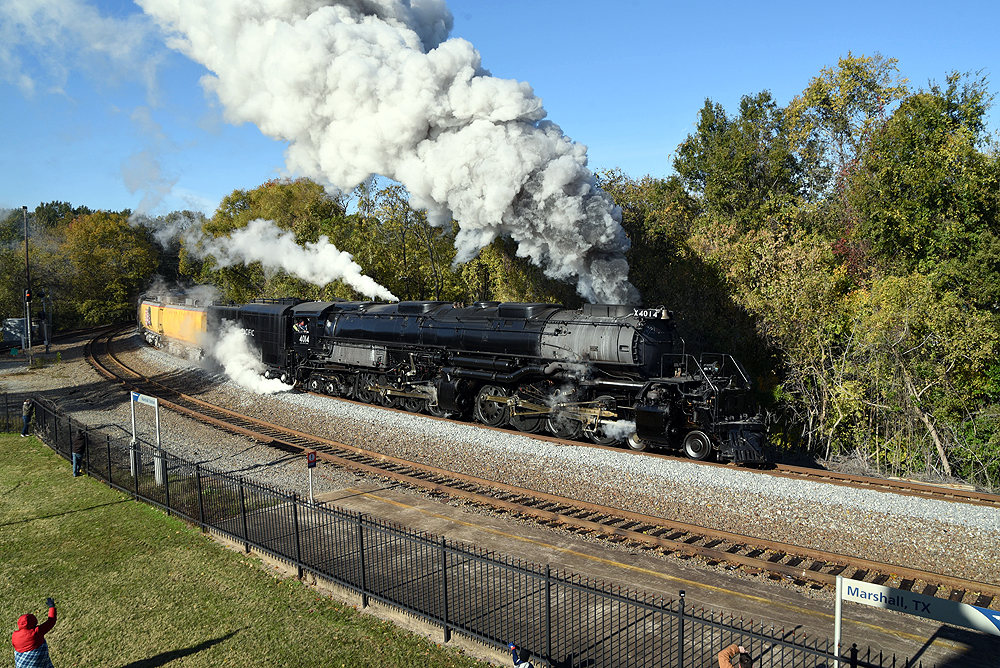
Union Pacific Big Boy basics Q: Why is a diesel with Big Boy 4014? A: The diesel serves many purposes. Its dynamic braking saves brake shoes. Its power provides a boost that saves on No. 4014 fuel stops. It’s a much-preferred power source in tunnels. And if Big Boy were disabled on the main line, the […]
Read More…
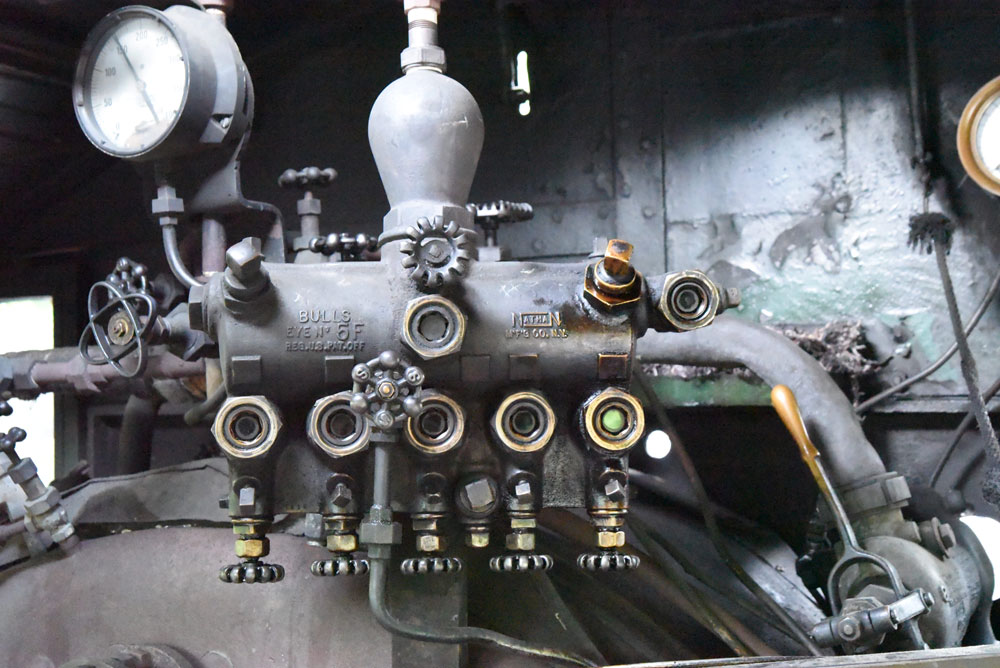
Use of hydrostatic lubricators Proper lubrication of the valves and cylinders of early steam locomotives was an iffy proposition. Many depended on the water content of the low-pressure steam to do the work. It wasn’t satisfactory. It was complicated by the fact that these parts of the machinery were not easily accessible. Primitive oil cups were devised, […]
Read More…
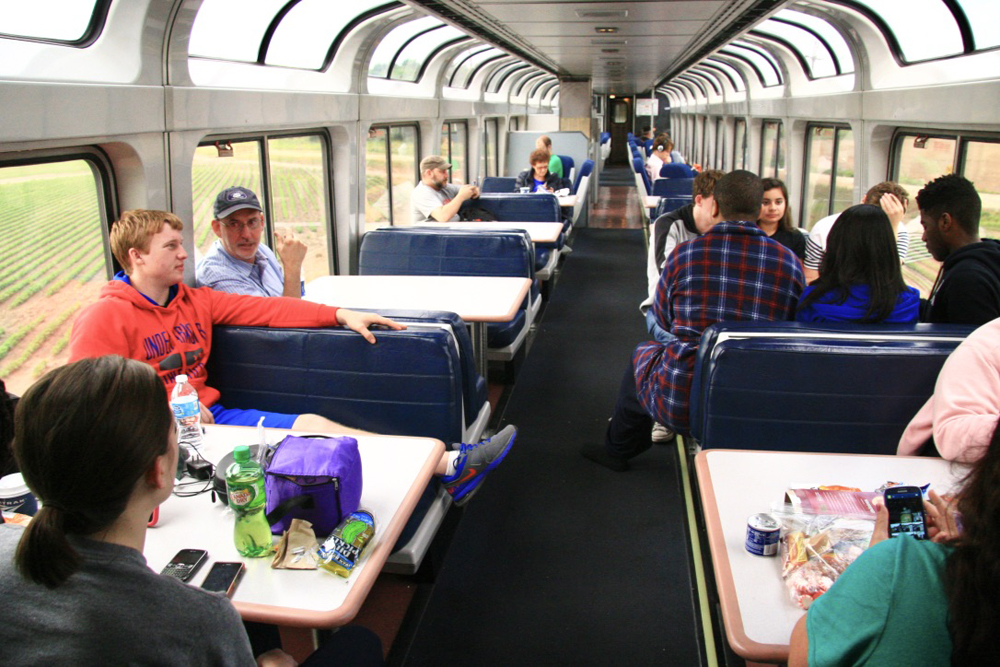
CHICAGO — More than 40 years after their debut, Amtrak’s bilevel Superliners remain essential to its long-distance operations in the western U.S., along with a handful of other routes. This article offers a look at what passengers can expect when they ride in Superliner coaches, eat in superliner diners, or enjoy scenery from a comfortable […]
Read More…

Introduction CHICAGO — Amtrak’s Superliners are double-decked, stainless steel, window-loaded passenger cars — among the most modern available to the traveling public in the United States today.
Trains offers passengers a look at what they can expect when they book tickets to ride these cars. This article looks at Superliners’ history and offers a review […]
Read More…
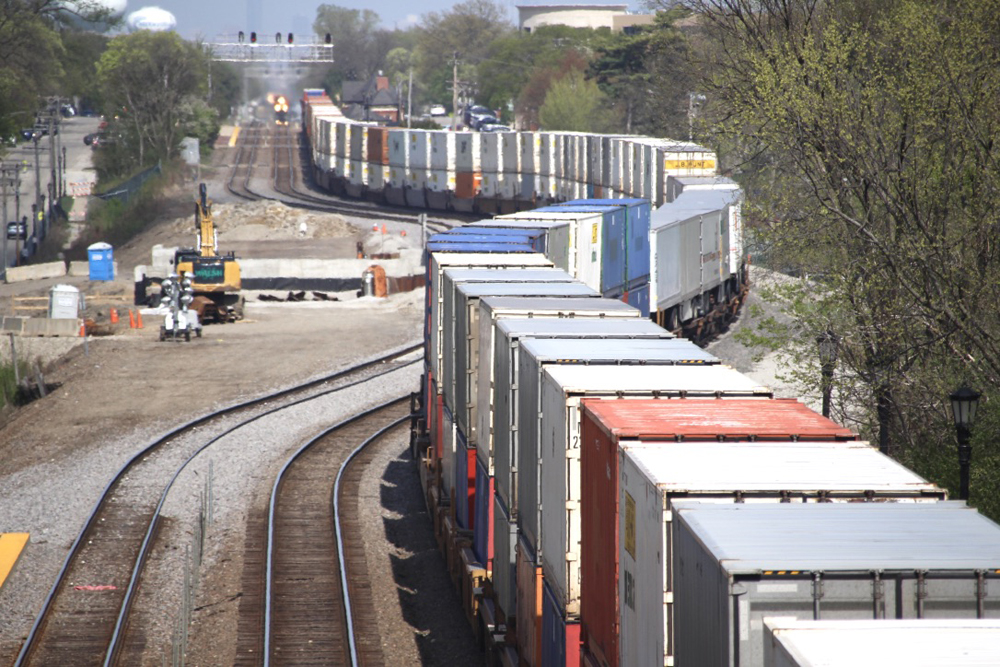
FORT WORTH, Texas — BNSF Railway’s increasing use of longer trains is the most visible element of a broader effort to boost efficiency and productivity. Since the onset of the pandemic BNSF has been combining trains, blending different types of traffic in the same trains, and operating more double-length loaded unit trains of grain and […]
Read More…
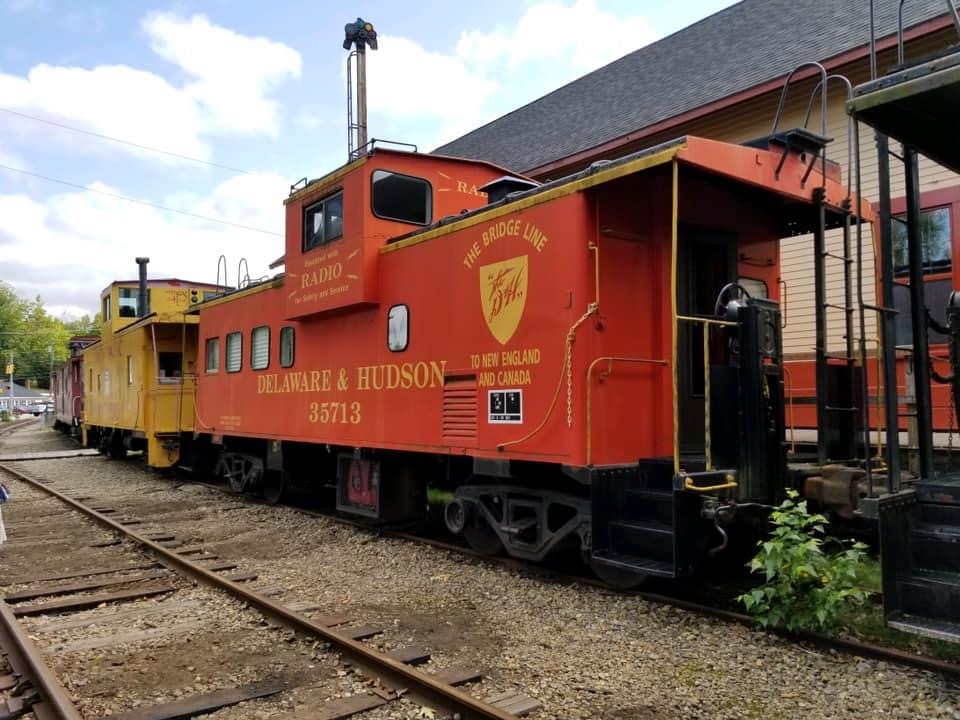
After being a ubiquitous part of American railroads for more than 150 years, they went away some 40 years ago. Today, you’ll find a rare and rusty handful on Class I railroads in use as lowly “shoving platforms,” with their windows and doors often welded shut. The lucky ones got away to museums, tourist railroads, […]
Read More…
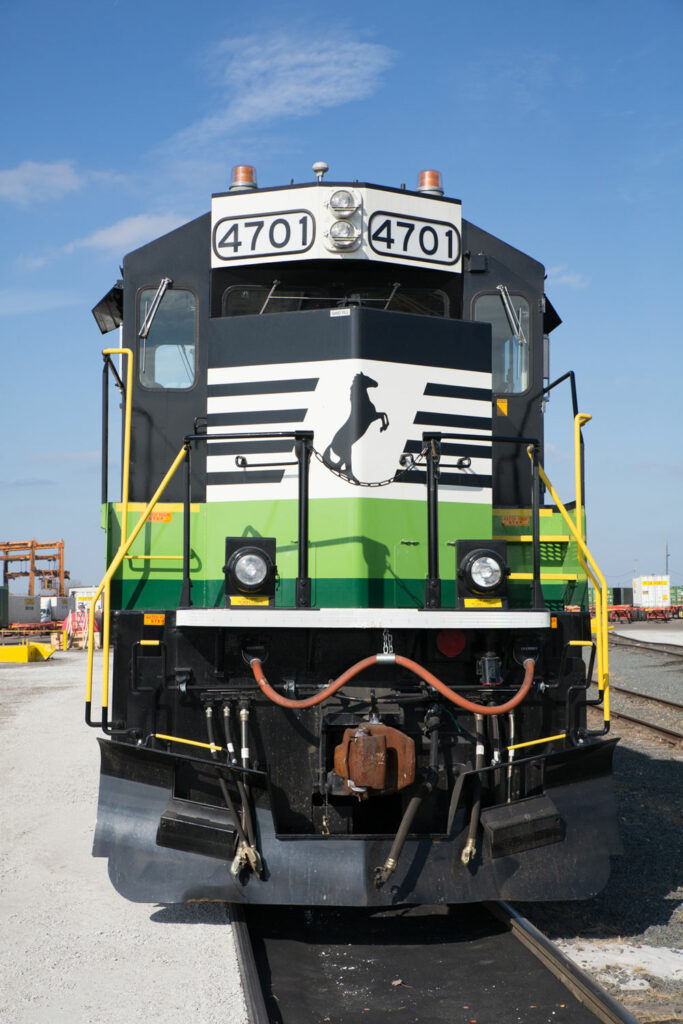
In the railroad industry, different locomotive models and manufacturers can be found in any train consist operating in different directions from one another. The ability to achieve this is due to a set of uniform standards for both pneumatic and electrical connections adopted by all manufacturers and can be found on almost all freight and […]
Read More…
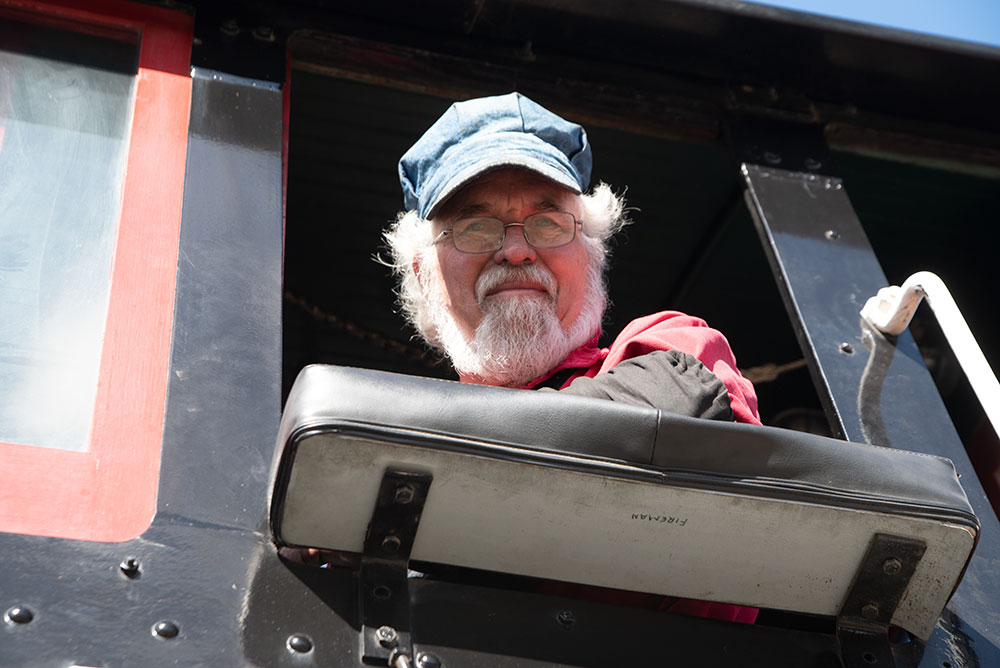
Building blocks of information about North American railroads […]
Read More…
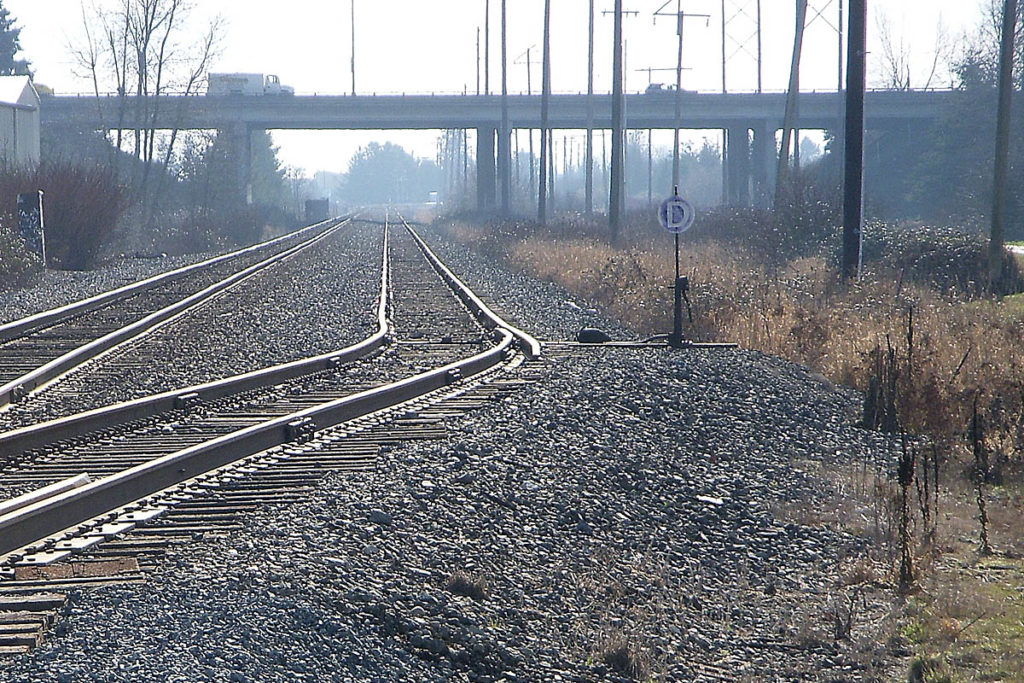
A split-rail derail along the trail in Auburn, Wash., helps keep errant railcars from fouling the main track. Dale Smith A wedge-style derail, that lifts wheels over the rail, protects the Norfolk Southern yard facility at Rossville, Tenn. Ralcon Wagner Q I recently observed the most unusual track switch along the Interurban Trail near Main […]
Read More…












